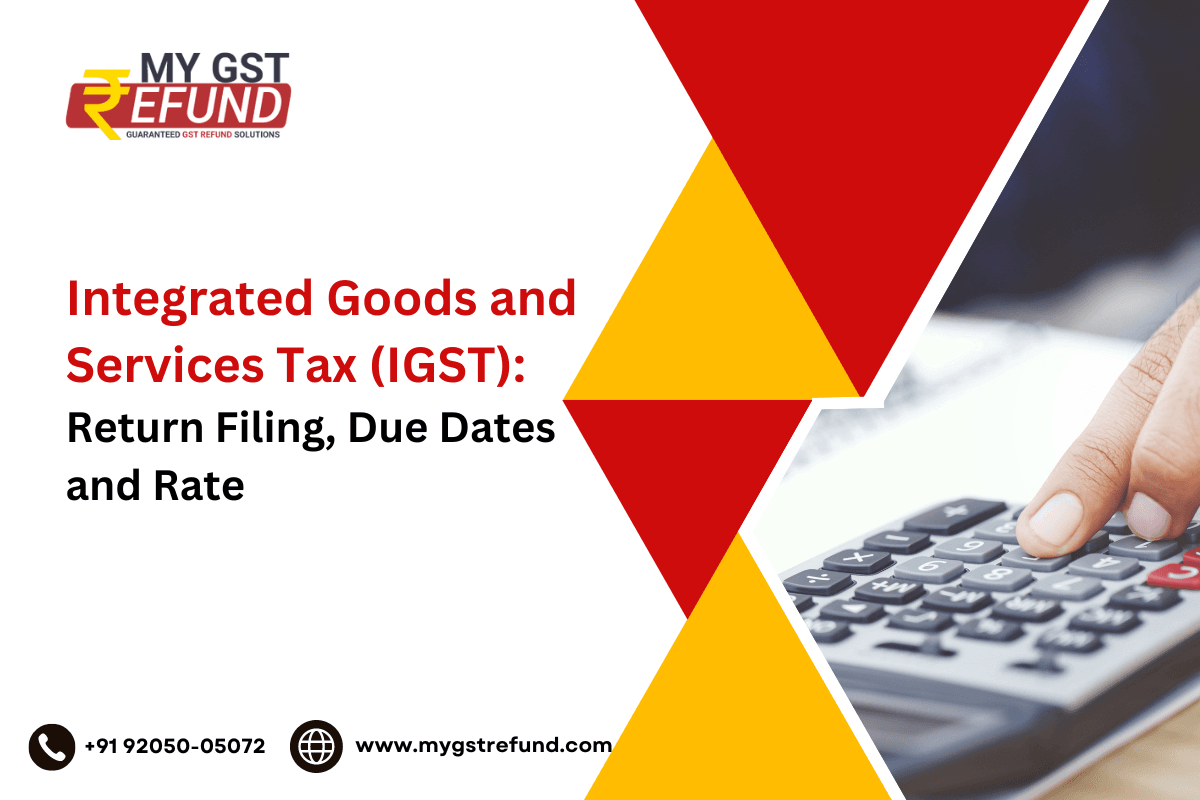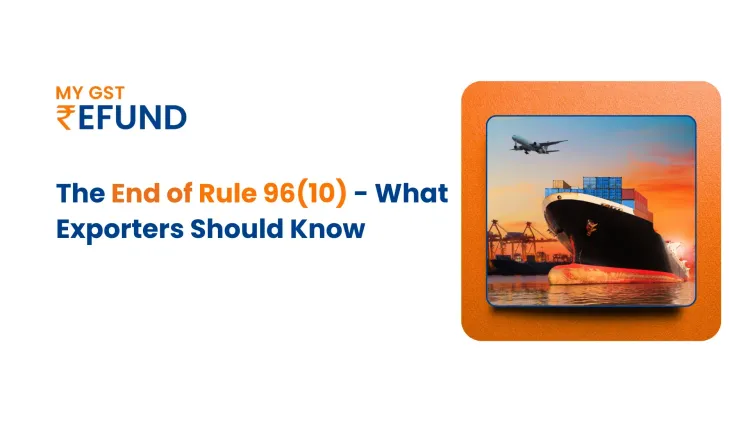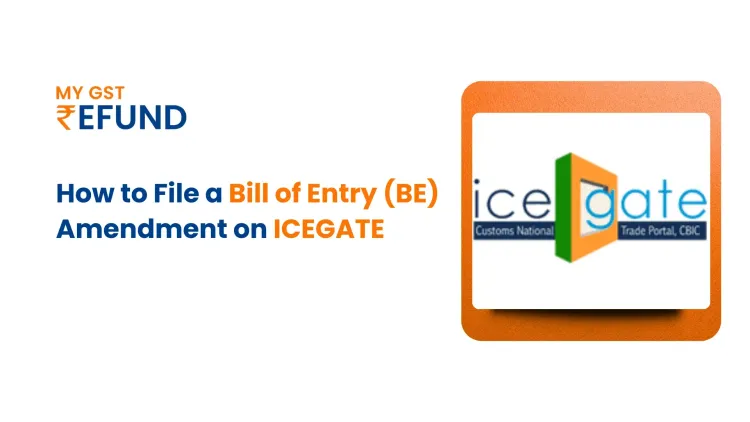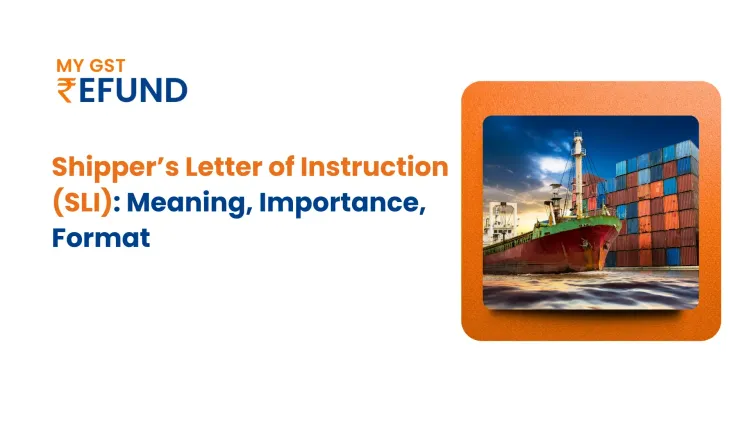Integrated Goods and Services Tax (IGST) : Return Filing, Due Dates and Rate
Published on: Wed Dec 13 2023
Integrated Goods and Services Tax (IGST) is levied and collected by the Central Government on any supply of goods and services taking place between two or more states/union territories. It is applicable essentially for all interstate transactions under GST.
Some key facts about IGST:
IGST aims to facilitate overall GST implementation between Indian states. It follows a “destination-based” tax model wherein revenues ultimately flow to the state where goods or services are headed to (not originating from)
IGST is levied as an aggregate percentage of CGST and SGST. Effectively, IGST subsumes what was earlier the burden of Central Sales Tax (CST) under previous taxation
All registered businesses must comply with IGST if doing interstate trade. It is applicable regardless of whether the firm is a goods provider, service provider, exporter/importer, etc.
IGST payments can be claimed as input tax credit by the receiver business/entity when matched properly with corresponding details on GST common portal
Tax amounts collected as IGST are eventually split and shared between Central and State Governments on 50:50 basis (after transfer to Destination State)
Broadly, IGST tax rates vary from 5% to 28% matching with (CGST + SGST) rates for various goods & services
IGST levy & exemptions may have minor differences from CGST/SGST - so both aspects should be analyzed
Scope & Coverage of IGST
IGST covers all forms of Inter-State transactions - uniform across goods & services, for all business types, modes of delivery etc. Main examples include:
- Physical movement of goods from Location A in State A to Consumer Site B in State B
- Providing a service remotely from State A to a customer firm in State B
- Purchase of goods from warehouse in State A for consumption within State B
- Export or Import shipping of goods/services to/from foreign country
In above cases, IGST payments with appropriate documentation must be done regularly once thresholds are met. If business makes exempt supplies, proper classification with supporting declarations should be filed too.
Thus, all key aspects like stock transfers, branch transfers, sales invoices, export-import sales, service delivery reports etc. need compliant GST treatment. Mismatch can cause excessive tax outgo or penal action.
Calculating IGST - Rates & Examples
IGST rates are based on a sum total of applicable CGST and SGST rates already set on goods/services. Certain rules govern their application:
- Maximum rate cannot exceed 40% allowing some exceptions
- Same rate applies whether transaction is B2B or B2C
- Rates for goods & services are GST council approved
Illustrative examples to understand practical IGST calculations:
Examples simplified assuming single tax rate for item class nationally & ignoring fixed GST cess if applicable
Case 1) Interstate B2B Invoice for Raw Materials
Particulars
Workings:
Input IGST can be claimed directly by customer against their output GST dues later. Final IGST payment is only the outflow per invoice.
Case 2) Interstate Service Provision
Particulars
Similar to goods, IGST amount payable is worked out on the invoice value directly. Input tax credit available based on procurements.
Above examples show the dual parts typically involved - Output IGST calculation plus claiming input offsets to derive actual IGST cash outflows. Though rate is aggregate of CGST & SGST, accountability per shipment is with registered dealers.
Filing IGST Returns & Due Dates
With interstate trade, all key documents need proper capture within respective GST returns to claim ITC or to settle IGST liability.
The main returns pertaining to IGST are:
⦁ GSTR-1 - Filed monthly by the 10th day of next month
⦁ GSTR-3B - Due 20th of succeeding month. Used for tax payments
⦁ GSTR-6 - By 13th of next month for ISD using credit
⦁ GSTR-7 - 10th of next month for Tax Collectors
⦁ GSTR-8 - By 10th for eCommerce firms
Along with above returns, reconciliation statement GSTR-9 is also submitted annually. It is due on 31st December post the financial year closes in March.
Also Read: GSTR-9: Applicability, Due Date, Turnover Limit, and Compliance Details
Missing deadlines can mean interest fees plus late filing charges. For small taxpayers or nil-return filers, compliance is annual with some relaxations.
In conclusion, Integrated GST is a key concept under uniform indirect taxation. It enables movement of goods & services uniformly across state borders with revenue share between Centre & States. Correct documentation, timely tax payments and properly matched invoices are vital for compliance.
Related Posts




